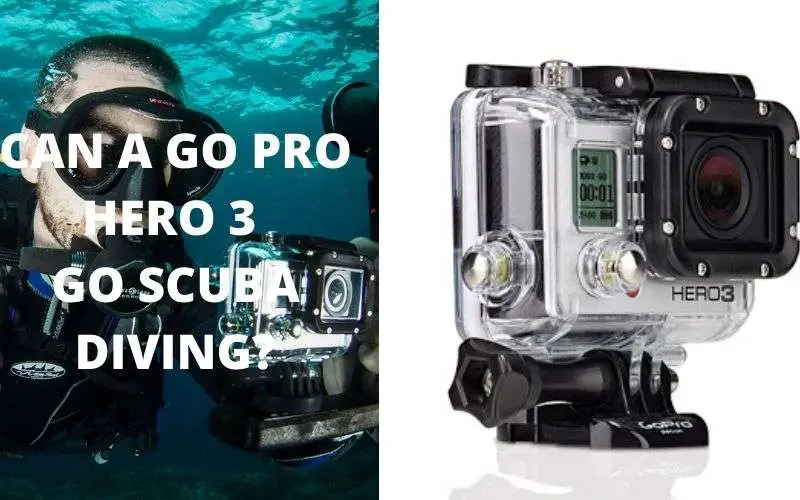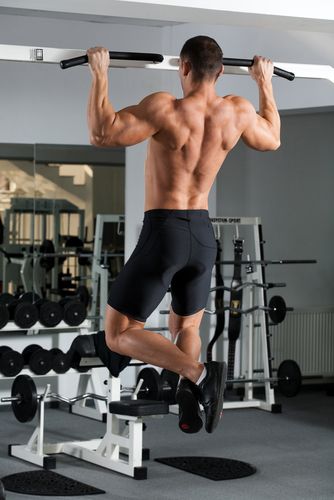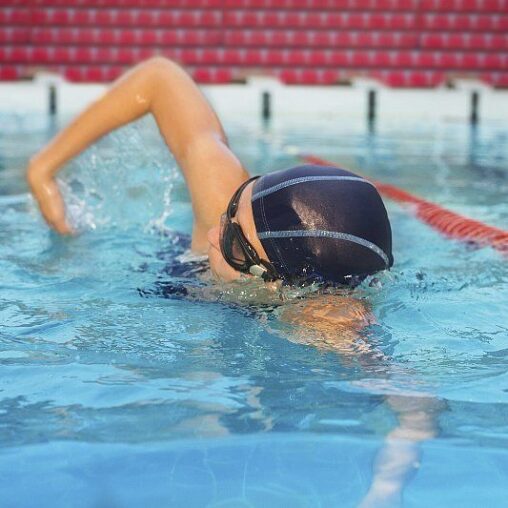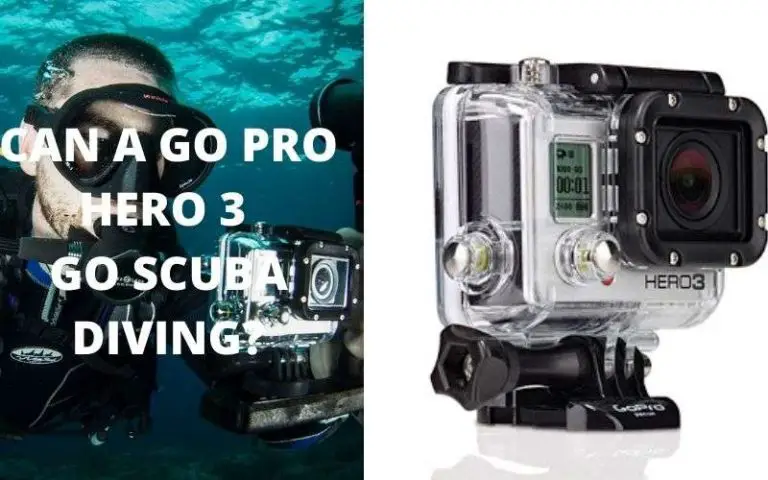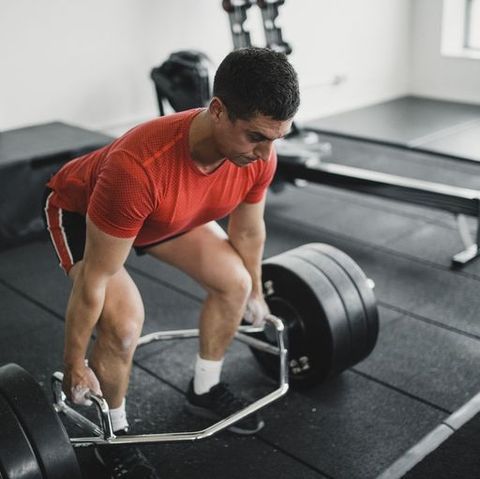
Swimmers often seek every opportunity to enhance their performance in the water, and rightly so. To be efficient and fast, they rely on powerful leg, back, and core muscles. In the quest for that competitive edge, swimmers have begun to explore unconventional training methods.
One such method is the deadlift, a popular exercise frequently associated with bodybuilders and powerlifters. The reason? Deadlifts are renowned for their potential to target essential muscle groups, a fact that could translate to remarkable improvements in swimming performance.
Are Deadlifts Good for Swimmers?
When deadlifts are thoughtfully integrated into a swimmer’s strength training regimen, they can deliver an array of benefits, including enhanced core strength, development of the posterior chain, increased explosive power, and improved body positioning.
These advantages can significantly contribute to a swimmer’s ability to glide through the water more efficiently, producing better stroke techniques and quicker times.
The Benefits of Deadlifts for Swimmers
Strengthening Core Muscles
The core is the powerhouse of a swimmer’s performance. It’s responsible for maintaining proper body alignment, stability, and ensuring that the body can rotate effectively in the water. A strong core makes a world of difference by providing support and power to both upper and lower body movements.
Incorporating deadlifts into your strength training routine effectively targets abdominal muscles, obliques, and the lower back. This contributes to a more efficient stroke technique. In freestyle, for instance, a robust core leads to better body roll, and in butterfly, it results in a more powerful dolphin kick.
Improving the Posterior Chain
Swimmers rely on the muscles in their lower back, glutes, and hamstrings for power in the water. These muscles, together forming the posterior chain, are critical for overall swimming performance. Deadlifts are an excellent way to train and strengthen these areas.
With a reinforced posterior chain, a swimmer can generate more speed and maintain a streamlined body position in the water. A streamlined position translates to less drag and a more efficient stroke.
Increasing Explosive Power
A swimmer’s kick is essential, whether it’s the flutter kick in freestyle or the whip kick in breaststroke. To improve speed and performance, swimmers need explosive power.
Deadlifts engage almost every muscle in the body, but they primarily target the powerhouse muscles of the legs, including the glutes and hamstrings. Strengthening these muscles is crucial for accelerating through the water.
Consistent integration of deadlifts into swimming-specific strength training programs can lead to increased overall power output. This, in turn, allows swimmers to make quicker starts, turns, and sprints in the water.
Types of Deadlifts for Swimmers

Conventional Deadlift
The standard deadlift is fundamental for building overall strength and power. It targets muscles such as the hamstrings, glutes, lower back, and the core—vital muscle groups for improving swimming performance.
Performing a proper standard deadlift involves maintaining a straight back and a slightly wider-than-shoulder-width stance. This exercise enhances explosive power, particularly in the legs, benefiting swimmers in their push-off from the pool wall, among other aspects.
Romanian Deadlift
The Romanian deadlift is an excellent choice for swimmers looking to isolate their hamstrings and lower back muscles. With a slightly bent knee, hold a barbell or dumbbells in front of your thighs.
Push your hips back while keeping your back straight, lowering the weights down your legs. This exercise can significantly improve a swimmer’s kick’s thrust and endurance.
Sumo Deadlift
The sumo deadlift places more emphasis on the adductors (inner thigh muscles) and glutes. This can help improve hip flexibility and strength, particularly useful for developing underwater dolphin kicks.
To perform this exercise, stand with your feet wider than shoulder-width apart and your toes slightly turned out. Maintain a straight back, push your hips forward, and lift the weight by extending your legs.
Single-Leg Deadlift
Single-leg deadlifts are invaluable for swimmers as they emphasize balance, stability, and unilateral strength. This exercise targets hamstrings, glutes, quads, and core muscles.
Single-leg deadlifts can improve balance control during flip turns and streamline off the wall, resulting in increased swimming efficiency and speed.
Incorporating Deadlifts into Swimming Training
Sets, Reps, and Frequency
When adding deadlifts to a swimmer’s training routine, consider these guidelines:
- Start with 3-4 sets of 8-12 reps.
- Gradually increase resistance as you progress, with a focus on maintaining proper form to protect your joints and minimize injury risk.
- Aim to incorporate deadlifts into your training 1-2 times per week. This balanced approach ensures a combination of strength-building workouts and swimming-specific training.
Proper Form and Technique
Emphasize proper form and technique when incorporating deadlifts into your workout routine. By mastering the correct form, you improve body awareness, flexibility, and strength. Key points to remember include maintaining a neutral spine, engaging the core, and keeping feet hip-width apart.
Additionally, ensure that your shoulders are back and down, and your hips hinge back while lifting the weight. Executing the exercise correctly reduces the risk of injury and maximizes its benefits.
Warming Up and Cooling Down
Warming up is essential, particularly for deadlifts. A proper warm-up increases blood flow, reduces muscle stiffness, and minimizes the risk of injury. Consider including dynamic stretches such as leg swings and arm circles or engaging in activities like jumping jacks or stationary cycling for 5 to 10 minutes.
After the workout, cooling down with gentle static stretches aids in recovery and maintains flexibility.
Listening to Your Body
Deadlifts can be one of the most demanding exercises you undertake in the gym. To safeguard your well-being and avoid injury, ensure your reps and sets remain within reasonable limits and limit your deadlift sessions to 1-2 times a week.
Pay close attention to signs of stress, pain, or fatigue, as they signal a need for rest and recovery. If discomfort or sharp pain occurs during exercise, cease immediately. It could indicate insufficient recovery from a previous workout, and you might need to opt for a lighter workout or take the day off.
Remember that the goal is to strengthen your body and enhance your swimming performance, not to cause harm. Incorporate rest days into your training plan, allowing your body adequate time for recovery. This approach will reduce the risk of overtraining, prevent injuries, and ultimately result in a more effective and safer workout routine.
Conclusion
Swimmers and coaches alike are continually exploring ways to gain a competitive edge. As swimmers seek to improve their performance in the water, unconventional methods have become increasingly popular. Among these, deadlifts have emerged as an exercise that can significantly impact a swimmer’s performance.
By thoughtfully incorporating deadlifts into their training regimen, swimmers have the potential to strengthen their core, develop their posterior chain, increase their explosive power, and improve their body positioning in the water. These benefits are not only attainable but can also lead to remarkable improvements in swimming performance.
Swimmers can, therefore, continue to reach for new heights and push their boundaries, both in the gym and in the pool, powered by the advantages of deadlifts.



